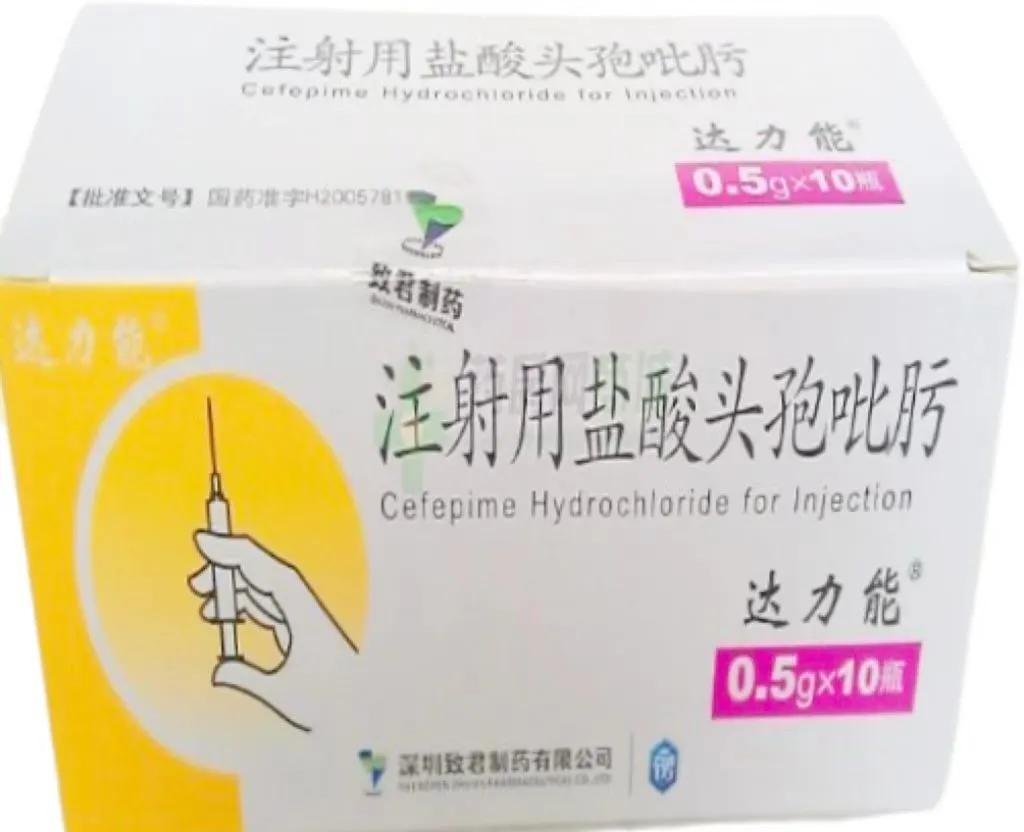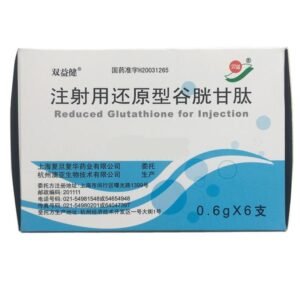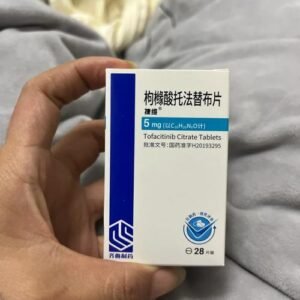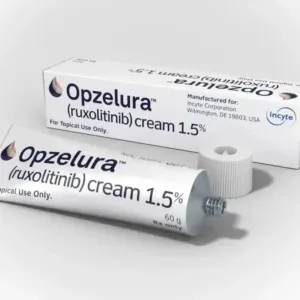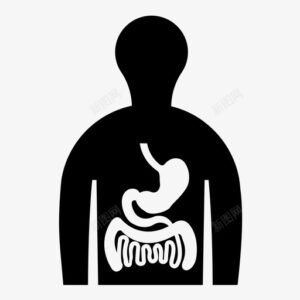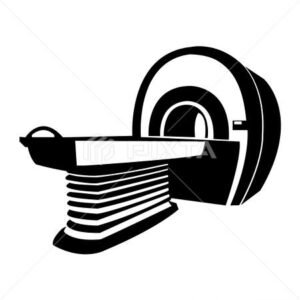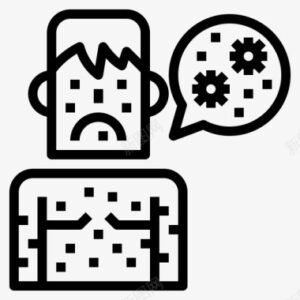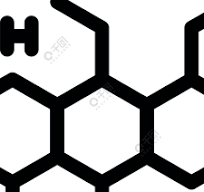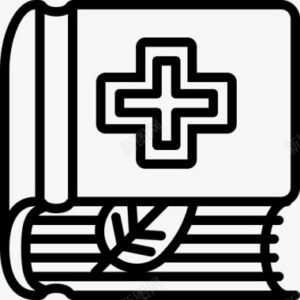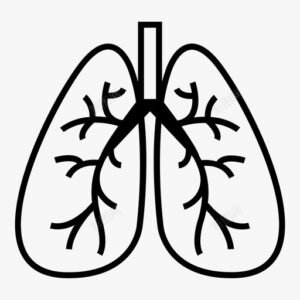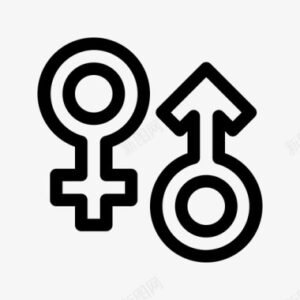Cefepime Hydrochloride for Injection
Effects and efficacy: This product can be used to treat moderate to severe infections caused by sensitive bacteria in adults and children aged 2 months to 16 years, including: lower respiratory tract infections (pneumonia and bronchitis), simple lower urinary tract infections and complicated urinary tract infections (including pyelonephritis), uncomplicated skin and skin and soft tissue infections, complicated intra-abdominal infections (including peritonitis and biliary tract infections), obstetric and gynecological infections, sepsis, and empirical treatment of patients with neutropenia and fever. It can also be used for bacterial cerebrospinal meningitis in children. Bacterial culture and drug sensitivity tests should be performed when bacterial infection is suspected, but because cefepime is a broad-spectrum bactericidal agent for Gram-positive and Gram-negative bacteria, cefepime monotherapy can be started before the results of drug sensitivity tests are known. For suspected mixed anaerobic infections, it is recommended to use other anti-anaerobic drugs, such as metronidazole, for initial treatment. Once the results of bacterial culture and drug sensitivity tests are known, the treatment plan should be adjusted in time. Dosage and Administration:
Adults, children over 16 years old, and children weighing 40 kg or more: Depending on the condition, 1 to 2 grams each time, once every 12 hours, intravenous drip, for 7 to 10 days. For mild to moderate urinary tract infection, 0.5 to 1 gram each time, once every 12 hours, intravenous drip or deep intramuscular injection, for 7 to 10 days. For severe urinary tract infection, 2 grams each time, once every 12 hours, intravenous drip, for 10 days. For severe infection and life-threatening, 2 grams can be intravenously dripped every 8 hours. For empirical treatment of neutropenia with fever, 2 grams each time, intravenous drip once every 8 hours, for 7 to 10 days or until neutropenia is relieved. If the fever is relieved but the neutrophil level is still abnormally low, the need to continue antibiotic treatment should be re-evaluated. Children aged 2 months to 12 years: The maximum dose should not exceed the adult dose (i.e., 2 grams each time). Children weighing more than 40 kg can use the adult dose. Generally, 40 mg per kg of body weight can be intravenously dripped every 12 hours for a course of 7 to 14 days. For children with bacterial cerebrospinal meningitis, 50 mg per kg of body weight can be intravenously dripped once every 8 hours. The usual dose for empirical treatment of neutropenia with fever in children is 50 mg per kg of body weight once every 12 hours (treatment of neutropenia with fever is once every 8 hours), and the course of treatment is the same as that for adults. There is limited experience in children under 2 months of age, and a dose of 50 mg per kg of body weight can be used. This product should be used with caution in children under 2 months of age. Data from pediatric patients over 2 months of age show that 30 mg per kg once every 8 or 12 hours is sufficient for pediatric patients aged 1 to 2 months. There is limited experience with deep intramuscular injections in children. There is no need to adjust the dose of this product in patients with hepatic insufficiency. For patients with renal insufficiency, if the creatinine clearance rate is less than (inclusive of) 60 ml/min, the dosage of this product should be adjusted to compensate for the slowed renal clearance rate in these patients. The initial dose of cefepime for these patients is the same as that for patients with normal renal function, and the maintenance dose and dosing interval are as follows: creatinine clearance (ml/min) greater than 60, normal dosing regimen, 0.5g once every 12 hours; 1g once every 12 hours; 2g once every 12 hours; 2g once every 8 hours. Creatinine clearance (ml/min) 30-60, 0.5g once every 24 hours; 1g once every 24 hours; 2g once every 24 hours; 2g once every 12 hours. Creatinine clearance (ml/min) 11-29, 0.5g once every 24 hours; 0.5g once every 24 hours; 1g once every 24 hours; 2g once every 24 hours. Creatinine clearance (ml/min) is less than 11, 0.25g each time, once every 24 hours; 0.25g each time, once every 24 hours; 0.5g each time, once every 24 hours; 1g each time, once every 24 hours. For hemodialysis patients, 0.5g each time, once every 24 hours; 0.5g each time, once every 24 hours; 0.5g each time, once every 24 hours; 0.5g each time, once every 24 hours. Hemodialysis patients can be given a loading dose of 1g on the first day of treatment, and 0.5g every day thereafter. On dialysis days, cefepime should be used after the end of dialysis. The daily dosing time should be as similar as possible. Patients receiving continuous peritoneal dialysis should be given regular doses every 48 hours. There is no data on the use of cefepime in children with renal insufficiency. However, since the pharmacokinetics of cefepime in adults and children are similar, the use of cefepime in children with renal insufficiency is similar to that in adults.
Contraindications:
Contraindicated if allergic to this product. Use with caution during pregnancy and lactation.
Related dosage forms:
Injection
Share:
Products
Our offers
Health Classification
Let us work together to protect precious health

